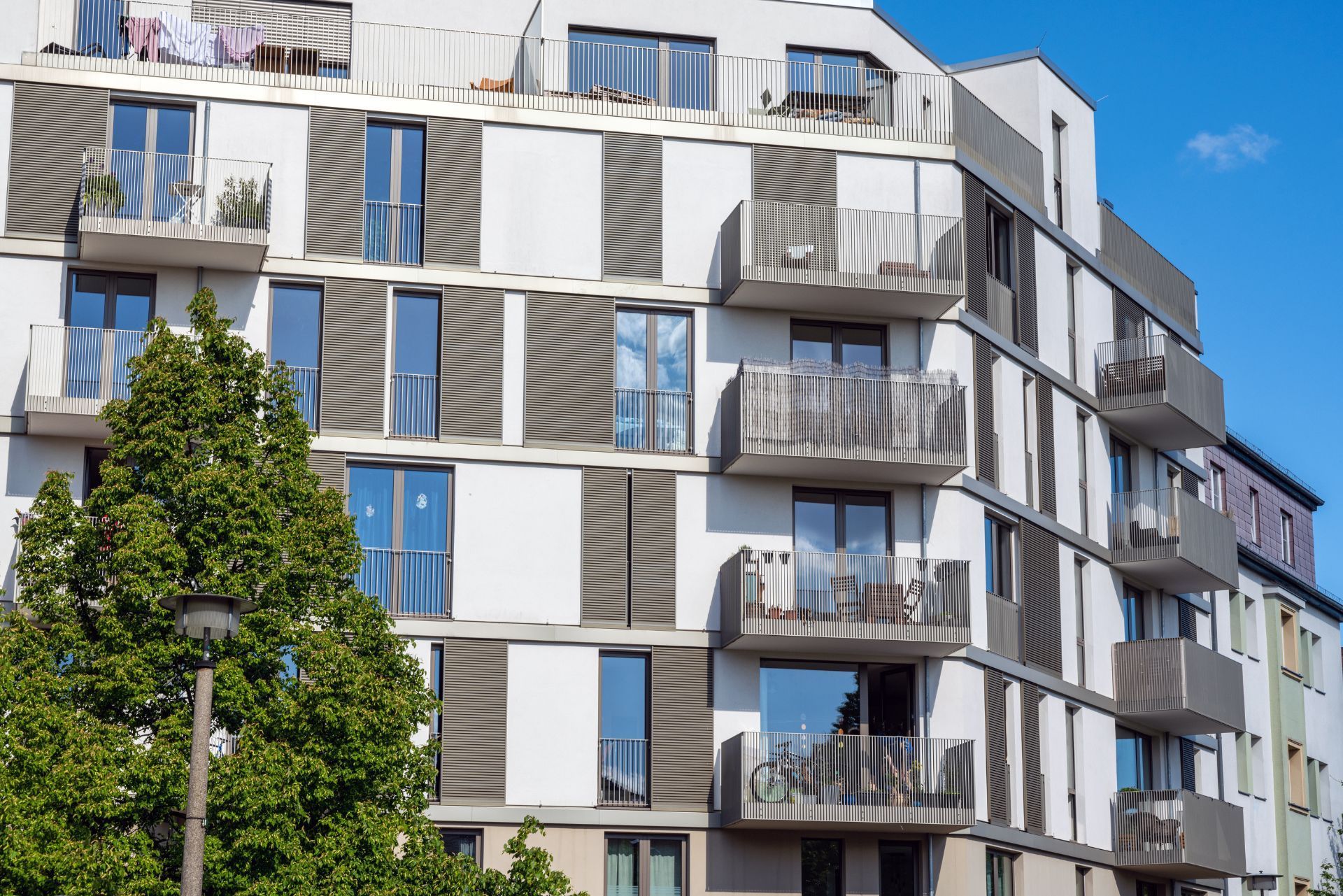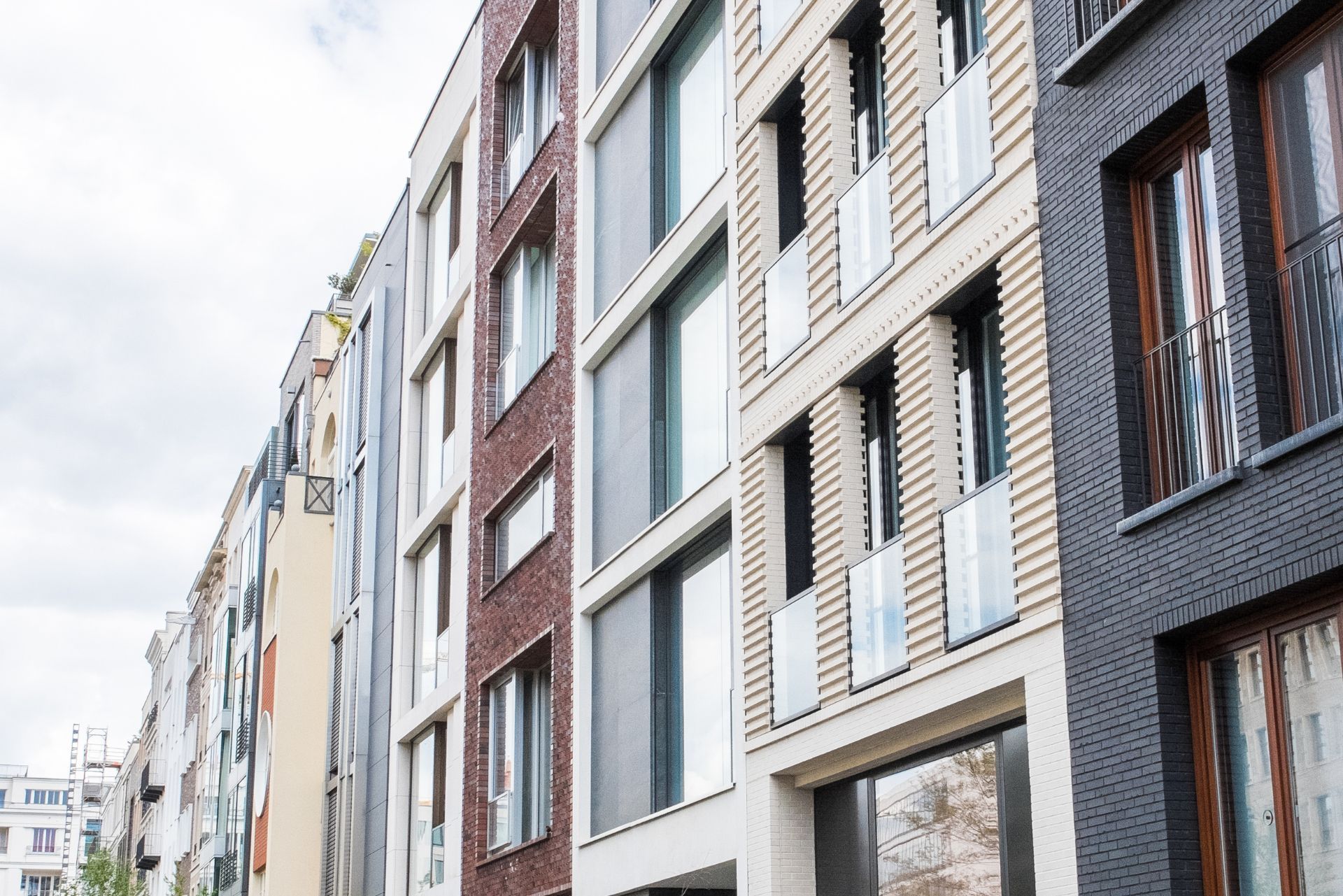Top 3 Recommended Policies

California’s multifamily housing market, especially Class B apartments, is facing unprecedented challenges in the insurance landscape. Rising premiums, regulatory shifts, and climate-related risks are reshaping how property owners approach insurance coverage. This article dives deep into the current state of multifamily apartment insurance in California, exploring why costs are soaring, the impact on property owners, and what the future might hold for this critical sector.
Understanding Class B Multifamily Apartments and Their Insurance Needs
Class B multifamily apartments typically refer to properties that are older than Class A buildings but still well-maintained and located in decent neighborhoods. These properties often attract middle-income renters and form a significant portion of California’s rental housing stock. Because of their age and construction type, Class B apartments have unique insurance requirements that differ from newer or luxury properties. The demographic of renters in these buildings often includes young professionals, small families, and those looking for affordable housing options, making them a vital part of the community fabric.
Insurance for these properties must cover a broad range of risks, including property damage, liability claims, and loss of rental income. However, in California, the insurance market for multifamily properties has tightened considerably due to increased exposure to natural disasters like wildfires and earthquakes. This has led to higher premiums and more restrictive underwriting standards. Property owners must be proactive in assessing their insurance needs and may need to consider additional coverage options, such as earthquake insurance or wildfire-specific policies, to adequately protect their investments and ensure they can recover quickly from potential disasters.
For those interested in the broader context, the Marcus & Millichap special report offers a detailed analysis of multifamily property insurance trends in California and sheds light on the emergency rate hikes recently approved by state regulators. Additionally, understanding the local market dynamics, such as vacancy rates and rental demand, can provide valuable insights for property owners when negotiating insurance terms. As the landscape of multifamily housing continues to evolve, staying informed about legislative changes and market trends is crucial for landlords and property managers to make strategic decisions that safeguard their assets.
Moreover, Class B multifamily apartments often require a more hands-on approach to
property management, as they may face challenges related to maintenance and tenant turnover. Engaging with tenants and fostering a sense of community can lead to longer lease terms and reduced vacancy rates, which in turn can positively impact insurance considerations. Insurers may look favorably upon properties that demonstrate strong tenant relationships and proactive management, potentially leading to more favorable insurance terms. Therefore, property owners should not only focus on the physical aspects of their buildings but also prioritize tenant satisfaction and community engagement as part of their overall
risk management strategy.

Why Are Insurance Premiums Rising So Dramatically?
One of the most pressing issues for Class B multifamily apartment owners in California is the steep rise in insurance premiums. In May 2025, the California Insurance Commissioner approved an emergency rate hike allowing State Farm to increase premiums by up to 38% for multifamily property owners. This move reflects the growing financial risk insurers face due to escalating catastrophe exposure in the state.
State Farm’s decision to stop accepting new applications for property and casualty coverage in California as of June 2023 underscores the severity of the situation. The insurer cited the increasing threat of wildfires and other natural disasters as key reasons for pulling back from the market. This withdrawal has reduced competition and further strained the availability of affordable insurance options for multifamily properties.
According to the GlobeSt.com report, these market dynamics are creating a ripple effect, making it harder for property owners to secure coverage and driving up costs for those who remain insured.
Climate Risks and Regulatory Challenges
California’s susceptibility to wildfires, droughts, and earthquakes significantly influences insurance risk assessments. The Center for California Real Estate’s report highlights the urgent need to modernize the insurance regulatory framework to better address these climate-related risks. Without regulatory reforms, insurers will continue to face mounting losses, which they pass on to property owners through higher premiums.
For Class B properties, which often lack the advanced fire-resistant materials and systems found in newer buildings, this risk is particularly acute. The combination of aging infrastructure and increasing natural disasters means insurers view these properties as higher risk, further driving up costs.
Moreover, the impact of climate change is not just a future concern; it is a present reality that is reshaping the insurance landscape. With the frequency and intensity of natural disasters on the rise, insurers are compelled to reassess their risk models continuously. This has led to a more cautious approach to underwriting, where even properties that were once considered low-risk are now facing scrutiny. As a result, many property owners are finding it increasingly difficult to obtain coverage, forcing them to either accept exorbitant premiums or forgo insurance altogether, which could leave them vulnerable in the event of a disaster.
The situation is further complicated by the regulatory environment, which has not kept pace with the rapid changes in climate risk. Insurers are calling for clearer guidelines and incentives for property owners to invest in risk mitigation measures, such as retrofitting older buildings with fire-resistant materials or implementing advanced safety protocols. Without these reforms, the cycle of rising premiums and reduced coverage options is likely to continue, leaving many multifamily property owners in a precarious position as they navigate the complexities of insuring their investments in an increasingly volatile climate.
The Impact on Affordable Housing and New Developments
Rising insurance costs are not just a financial burden—they are shaping the future of housing development in California. Affordable housing projects, many of which involve Class B multifamily apartments, are especially vulnerable. A multifamily rental property owner recently noted, “The increasing cost of insurance is starting to impact decisions regarding new developments for affordable housing.”
These insurance cost pressures can delay or even halt new construction projects, exacerbating the state’s housing shortage. Developers must factor in higher insurance premiums when budgeting, which often translates into higher rents or reduced scope for affordable units.
Moreover, the Federal Reserve Bank of Minneapolis highlights that many multifamily portfolios are “just one claim away from significant financial stress,” indicating how fragile the financial health of many property owners has become amid rising insurance costs.
In addition to the immediate financial implications, the ripple effects of these rising insurance costs can be felt throughout the community. As developers scale back on projects or abandon plans altogether, the availability of affordable housing diminishes. This not only affects low-income families but also contributes to a broader socioeconomic divide, where only those with higher incomes can afford to live in certain areas. Furthermore, the lack of affordable housing can lead to increased homelessness, putting additional pressure on local services and resources that are already stretched thin.
Additionally, the situation is compounded by the increasing frequency of natural disasters, which has led to a more volatile insurance market. Insurers are becoming more cautious, tightening their underwriting standards and raising premiums for properties in areas deemed high-risk. This trend is particularly concerning in California, where wildfires and flooding have become more prevalent. As a result, developers are not only facing higher costs but are also grappling with the uncertainty of whether they can secure insurance at all, which is a crucial requirement for financing any new development. This precarious balance between risk management and the urgent need for affordable housing creates a challenging environment for all stakeholders involved.
Comparing Construction Costs and Insurance Across States
California’s insurance challenges are compounded by its high construction costs. A 2025 RAND Corporation report found that the average market-rate apartment in California costs roughly two and a half times more to build per square foot than a similar apartment in Texas. This disparity means that not only are insurance premiums higher, but the overall cost of developing and maintaining multifamily housing is substantially greater in California.
This cost gap puts additional pressure on property owners and developers, who must navigate both expensive construction and soaring insurance premiums. For Class B apartment owners, this can limit opportunities for renovation or upgrades that might otherwise reduce insurance risk and premiums over time. The financial implications are significant, as many owners may find themselves caught in a cycle of rising costs that stifles their ability to invest in property improvements or expansions, ultimately affecting the quality of housing available to residents.
Inventory Growth and Market Dynamics
Despite these challenges, California’s multifamily housing market continues to grow. Los Angeles, for example, saw 12,000 net new market-rate units completed since Q3 2022, representing inventory growth of around 1.2%. While this growth reflects ongoing demand, it also means more properties are entering a market where insurance costs are climbing, potentially increasing financial strain on owners and investors. The influx of new units can lead to increased competition among landlords, which may drive down rental prices in the short term but could also exacerbate the financial pressures associated with high construction and insurance costs in the long run.
These market dynamics underscore the importance of strategic risk management and proactive insurance planning for Class B multifamily apartment owners. As the landscape evolves, owners must consider innovative approaches to mitigate risks, such as investing in energy-efficient upgrades or exploring alternative insurance models that could provide more favorable terms. Additionally, collaboration with local governments and community organizations to advocate for policies that support affordable housing development could play a crucial role in shaping a more sustainable market environment. Understanding these trends and adapting to them will be essential for navigating the complexities of California's multifamily housing sector.

Strategies for Managing Multifamily Apartment Insurance Costs
Given the current insurance environment, Class B multifamily apartment owners must be more strategic than ever in managing their insurance costs. Here are some key approaches:
1. Risk Mitigation and Property Upgrades
Investing in fire-resistant materials, sprinkler systems, and seismic retrofits can reduce the risk profile of a property. These upgrades may not only protect residents but also make the property more attractive to insurers, potentially lowering premiums. Additionally, implementing regular maintenance schedules for HVAC systems, roofs, and plumbing can prevent costly claims and demonstrate to insurers that the property is well-managed. By maintaining a proactive stance on property upkeep, owners can further enhance their risk profile, which can lead to additional savings on insurance premiums.
2. Shopping Around and Working with Brokers
With some insurers exiting the California market, it’s essential to work with knowledgeable insurance brokers who understand the multifamily sector and can navigate the limited options available. Brokers can help identify carriers willing to underwrite Class B properties and negotiate better terms. Furthermore, staying informed about emerging insurance products and trends can empower property owners to make educated decisions. By regularly reviewing policy terms and coverage options, owners can ensure they are not only compliant with state regulations but also receiving the best value for their investment.
3. Exploring Alternative Insurance Solutions
Some property owners are turning to captive insurance programs or risk pools to manage costs. These alternatives can offer more control over coverage and premiums but require careful evaluation and management. Moreover, joining a risk pool can foster a sense of community among property owners, allowing for shared resources and collective bargaining power. By pooling resources, owners can also invest in shared risk management initiatives, such as joint training programs for staff, which can further mitigate risks across the board.
4. Advocating for Regulatory Reform
Engagement with industry groups and policymakers is critical. As highlighted by the Center for California Real Estate, modernizing the regulatory framework to address climate risks and encourage insurer participation is vital for long-term market stability. Additionally, advocating for incentives that promote sustainable building practices can lead to a more favorable insurance landscape. By pushing for regulations that reward environmentally friendly upgrades, property owners can not only reduce their insurance costs but also contribute to broader efforts in combating climate change, ultimately benefiting their communities and the environment.
Looking Ahead: The Future of Multifamily Apartment Insurance in California
The multifamily apartment insurance landscape in California is at a crossroads. Rising premiums and insurer pullbacks are creating immediate challenges, especially for Class B properties that house many middle-income renters. However, with strategic risk management, regulatory reforms, and innovation in insurance products, there is potential for stabilization.
Property owners must stay informed and proactive, leveraging expert insights and industry resources to navigate this complex environment. For those seeking a deeper dive into the ongoing insurance challenges and their impact on apartment deals, the GlobeSt.com coverage provides valuable context and analysis.
In addition to the immediate financial implications, the evolving insurance landscape is also prompting property owners to rethink their risk management strategies. Many are investing in technology to enhance their property security and reduce liabilities, such as smart home systems that monitor for water leaks or fire hazards. These proactive measures not only help in mitigating risks but can also lead to lower insurance premiums over time, creating a win-win scenario for property owners and renters alike.
Moreover, the regulatory environment is shifting, with lawmakers increasingly focused on tenant protections and affordable housing initiatives. This could lead to new insurance requirements or incentives that encourage property owners to maintain higher safety standards. As California continues to grapple with housing shortages and climate-related risks, the multifamily insurance sector will need to adapt, ensuring that policies not only protect property owners but also support the broader community's housing needs. Understanding these dynamics will be crucial for stakeholders aiming to thrive in this changing market.
In summary, understanding the nuances of Class B multifamily apartment insurance in California is essential for property owners, investors, and developers aiming to sustain and grow their portfolios amid evolving risks and costs.
Contact Us


